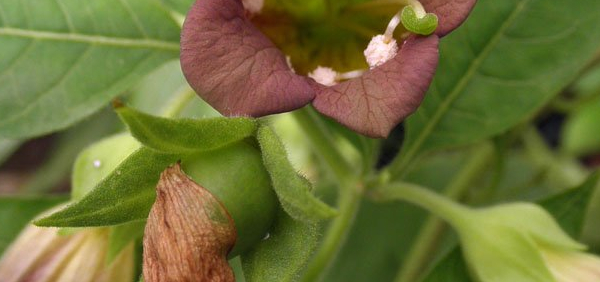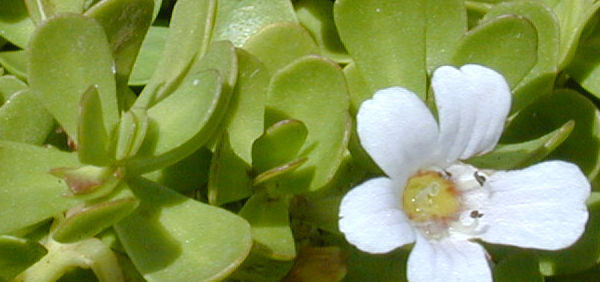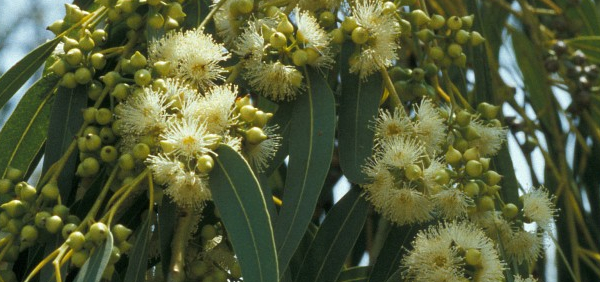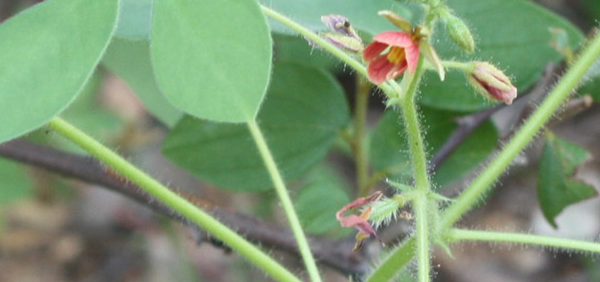hatichu :

Phytochemistry:
The artichoke is popular for its pleasant bitter taste, which is attributed mostly to a plant chemical called cynarin found in the green parts of the plant. Cynarin is considered one of artichokes main biologically active chemicals. It occurs in the highest concentration in the leaves of the plant, which is why leaf extracts are most commonly employed in herbal medicine. Other documented "active" chemicals include flavonoids, sesquiterpene lactones, polyphenols and caffeoylquinic acids.Artichokes main plant chemicals are caffeic acid, caffeoylquinic acids, caryophyllene, chlorogenic acid, cyanidol glucosides, cynaragenin, cynarapicrin, cynaratriol, cynarin, cynarolide, decanal, eugenol, ferulic acid, flavonoids, folacin, glyceric acid, glycolic acid, heteroside-B, inulin, isoamerboin, lauric acid, linoleic acid, linolenic acid, luteolin glucosides, myristic acid, neochlorogenic acid, oleic acid, palmitic acid, phenylacetaldehyde, pseudotaraxasterol, scolymoside, silymarin, sitosterol, stearic acid, stigmasterol, and taraxasterol.
PHARMACOLOGY:
Important formulations1. Hepatocurae complex
- » Classification and names of hatichu
- » Synonyms and definitions of hatichu
- » Drug Properties of hatichu
- » Chemical Constituents of hatichu
- » Standardization of hatichu
- » Parts used and Dosage of hatichu
- » Morphology and Histology of hatichu
- » Distribution and Conservation of hatichu
- » Cultivation of hatichu
- » hatichu in the market
- » Medicinal Uses of hatichu
- » Researches and clinical trails of hatichu
- » hatichu in other sytems of medicine
- » Ayurvedic formulations with hatichu
- » Images of hatichu












